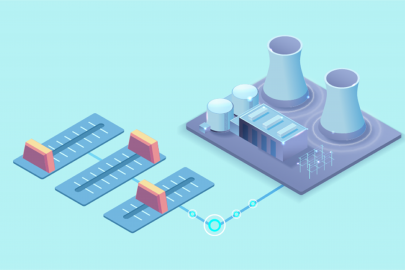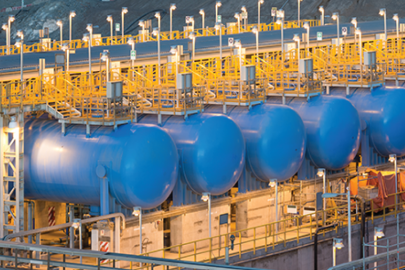One opportunity is to utilize nuclear’s thermal heat and electricity to produce hydrogen.
June 24, 2020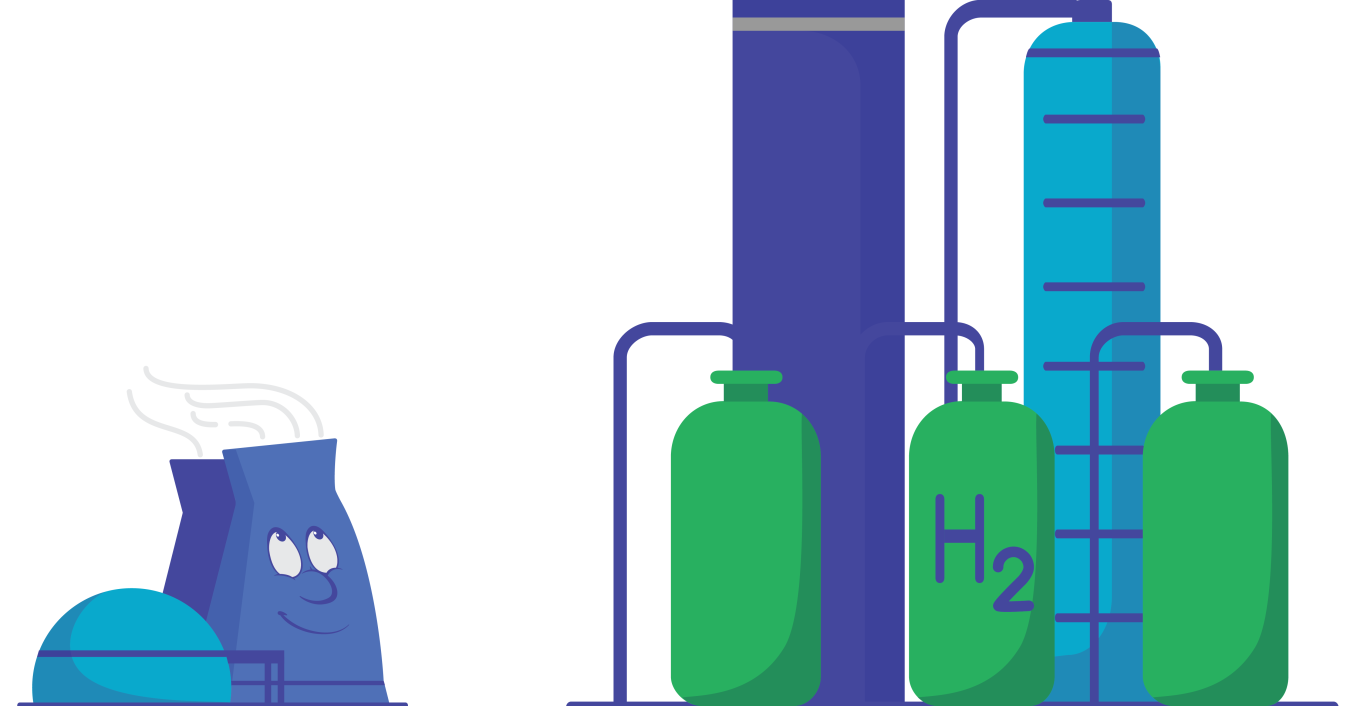
This is a crucial time for nuclear energy.
Since 2013, 13 reactors have shut down prior to their operating licenses expiring and two more are scheduled to close by 2025.
That’s a big deal considering nuclear produces nearly 20% of America’s power and half of its clean energy.
A lack of market value and historically low natural gas prices are just some of the reasons making it hard for nuclear to compete in certain markets.
And with the rise of more renewables coming onto the grid, many utilities are considering a hybrid or integrated systems approach to improve the economics for baseload energy sources like nuclear reactors.
One opportunity is to utilize nuclear’s thermal heat and electricity to produce hydrogen.
Why Hydrogen?
Hydrogen is an energy carrier that can be used to store massive amounts of energy for grid resilience and security and it is a critical feedstock for most of the chemicals industry.
Today, we primarily use hydrogen for oil refining and ammonia production, but there is a growing demand for it in steel manufacturing and in transportation to power vehicles, upgrade biofuels, and even produce synthetic fuels that may use carbon dioxide as a feedstock.
About 95% of the hydrogen produced in the United States comes from natural gas.
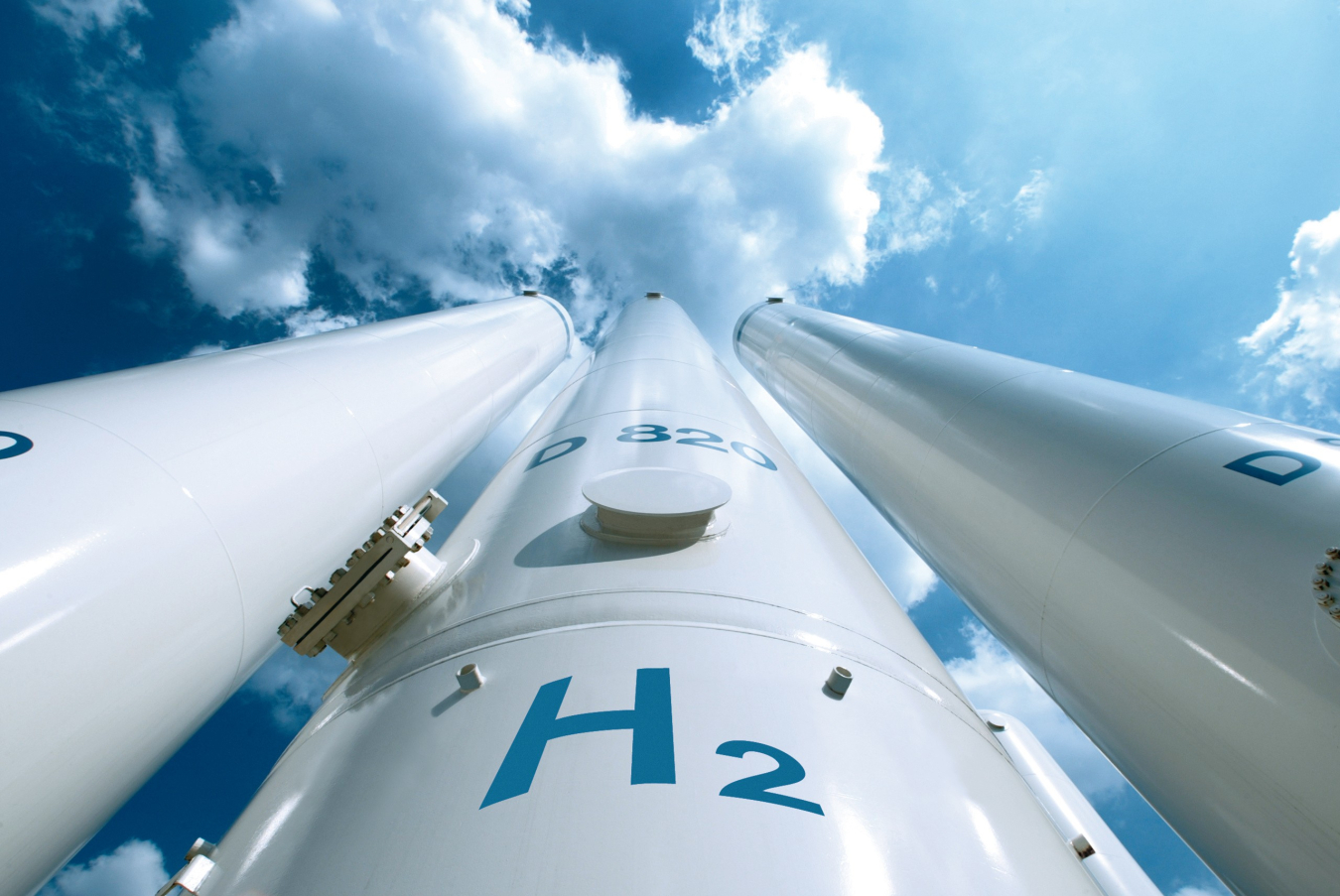
It’s created using steam methane reforming, which basically uses high temperatures to convert steam and methane into hydrogen gas and carbon dioxide.
The challenge is, global demand for hydrogen and its emerging applications could increase by a factor of ten, surpassing our current infrastructure for producing and delivering hydrogen.
In order to meet this demand, the U.S. Department of Energy is looking at ways to develop new technologies through its H2@Scale initiative to efficiently scale-up the production of hydrogen using all of our nation’s energy sources, including nuclear.
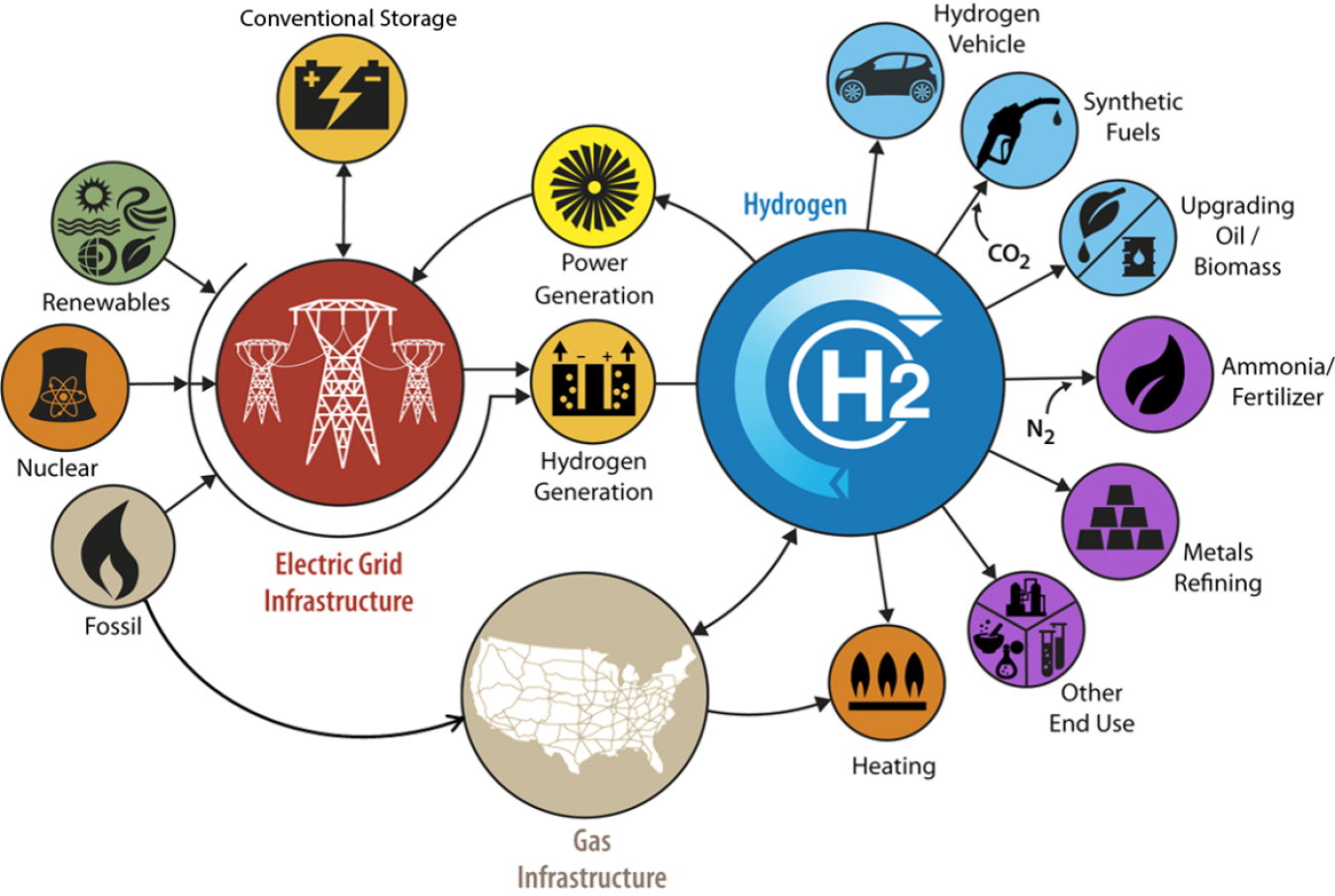
Creating New Markets
Nuclear power plants can produce hydrogen in a variety of methods that would greatly reduce air emissions while taking advantage of the constant thermal energy and electricity it reliably provides.
Existing nuclear plants could produce high quality steam at lower costs than natural gas boilers and could be used in many industrial processes, including steam-methane reforming.
However, the case for nuclear becomes even more compelling when this high-quality steam is electrolyzed and split into pure hydrogen and oxygen.
A single 1,000 megawatt nuclear reactor could produce more than 150,000 tonnes of hydrogen each year.
Ten nuclear reactors could provide about 1.5 million tonnes annually or 15% of current hydrogen produced in the United States.
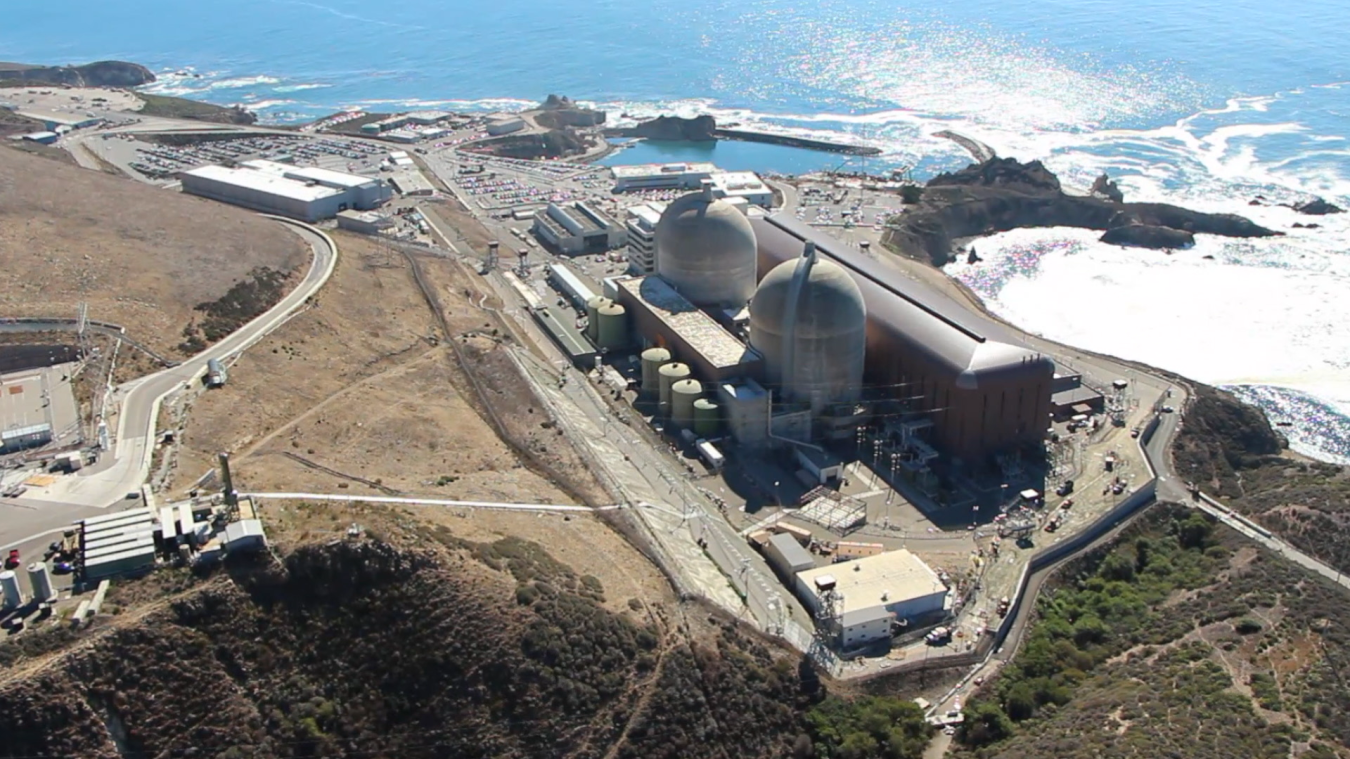
California's Diablo Canyon nuclear plant is expected to start shutting down reactors in 2024.
This process would allow utilities to produce and sell hydrogen regionally as a commodity in addition to providing clean and reliable electricity to the grid.
For instance, reactors in Ohio could sell hydrogen to iron and steel manufacturing plants. The Midwest could target fertilizer producers and California could market hydrogen stations for fuel cell electric vehicles.
This new revenue stream could also help build an economic case to keep the nation’s at-risk reactors up and running—possibly providing higher market value for hydrogen commodities in states and countries that are looking to reduce emissions.
Bringing the Heat
By extending the life of the commercial fleet, it will give the industry time to bring new advanced reactors online.
Advanced reactors are expected to operate at considerably higher temperatures and would allow nuclear plants to more efficiently produce hydrogen to dramatically scale-up the industry.
High temperature reactors could even be used to significantly reduce the emissions produced by conventional steam-methane reforming processes by replacing the natural gas that is burned to produce steam and to provide the essential heat to reform the natural gas/steam mixtures.
New electrochemical processes are also being developed to directly convert natural gas into hydrogen and plastics using nuclear, which would completely avoid air emissions and achieve significantly higher efficiencies.
Ultimately, nuclear energy could support the nation’s manufacturing industries across multiple sectors by providing clean energy to produce hydrogen, fuels, fertilizers, steel, plastics, and other chemicals.
Stay tuned…
Learn more about H2@scale and our NICE Future initiative—an international effort focusing on integrated clean energy systems involving nuclear energy.
*Updated July 2022


